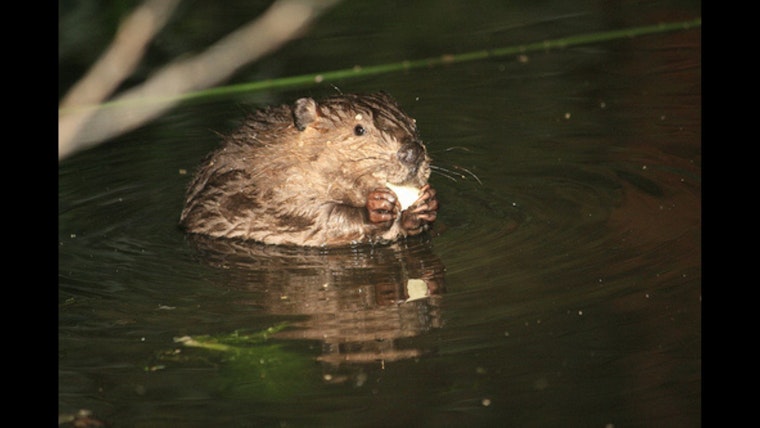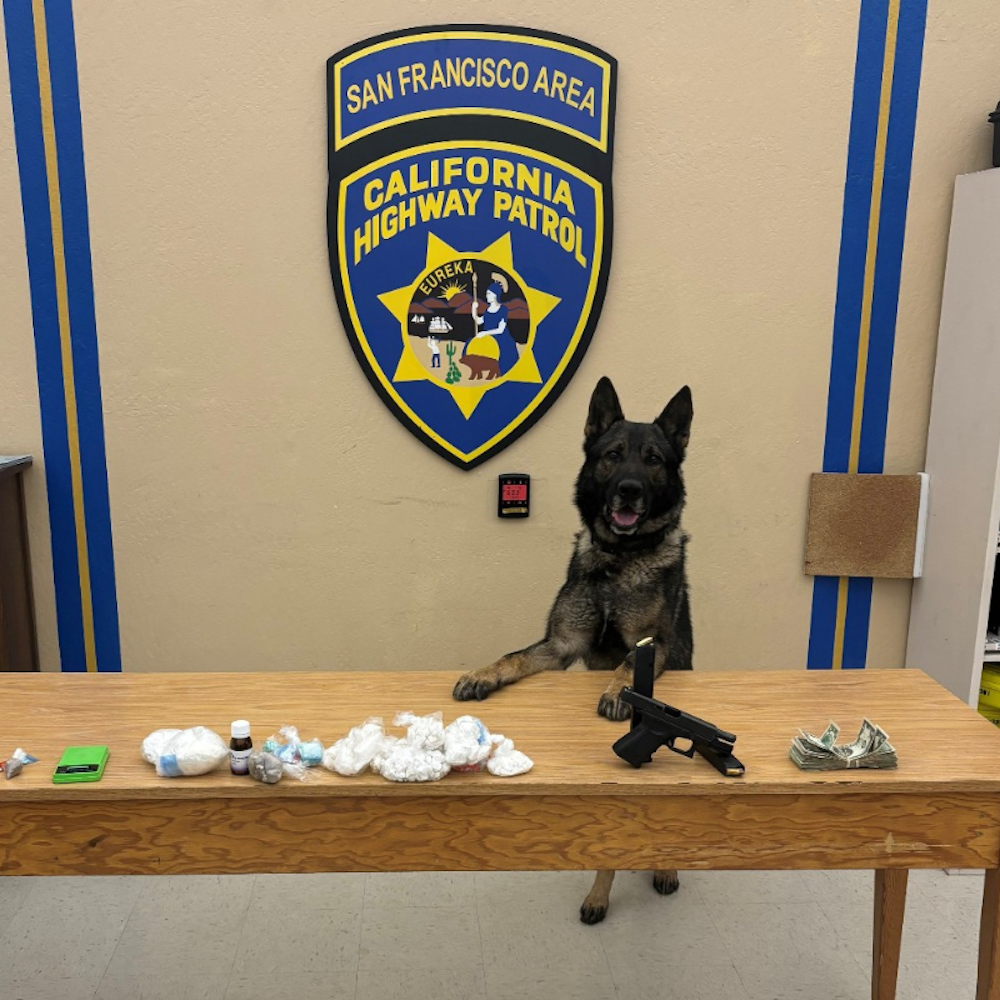
In what seems like a minor sighting, but could hold major implications for the ecosystem of the San Francisco Bay Area, a beaver kit was recently spotted in Matadero Creek, Palo Alto, by a trail camera. This unexpected sighting of the kit marks the first beaver born in the area in over 160 years, as SFGATE reported. The kit could be the offspring of beaver pair observed in the Matadero Creek in 2022.
This simple sighting of the beaver kit symbolizes a greater hope for the environment. Beavers play a significant role in establishing and maintaining delicate ecosystems by constructing wetlands that not only attract various forms of life but also help endangered species such as coho salmon recover, according to the Urban Wildlife Research Project (UWRP).
Ecologists have long recognized beavers as a "keystone species" that can turn otherwise ordinary landscapes into thriving, complex habitats. The beaver damming activity leads to the retention of water that can help mitigate drought impacts, support climate change resiliency, and potentially slow the spread of wildfires.
Beavers were once native to Northern California before being hunted to near extinction during the California fur rush in the 1800s. Coupled with intensifying urbanization, wildlife refuges and rivers within the Bay Area have been losing their biodiversity. This recent sighting offers a glimmer of hope, particularly since it appears to be evidence of breeding between the beaver pair seen the previous year.
Bill Leikam, the president and co-founder of the Urban Wildlife Research Project, mentioned that the next viable stream for the beavers to disperse is San Francisquito Creek, about four miles north of Matadero Creek, as reported in the aforementioned SFGATE article. “If they hit that creek, they can go all the way up into the Santa Cruz mountains,” he said, optimistically. “It’ll take years, but it will happen.”
However, the slow return of beavers cannot automatically restore ecosystems on their own. Putting in the effort to preserve and restore natural habitats as well as advocating for proper beaver management is necessary to pave the way for more animal species and create a thriving environment.
From a community standpoint, awareness and understanding are crucial to support both the beavers and the ecosystems they help shape. As seen in a 2013 beaver conservation case in Downtown San Jose, documented by UWRP, a beaver family that had inhabited the Guadalupe River was at risk of being removed due to concerns regarding flood control and damage to vegetation. Conservationists rallied to educate the public about the importance of beavers to the ecosystem and reached out to officials to discuss appropriate beaver management practices, leading to the decision to allow the beavers to remain while monitoring the situation to mitigate potential risks.









